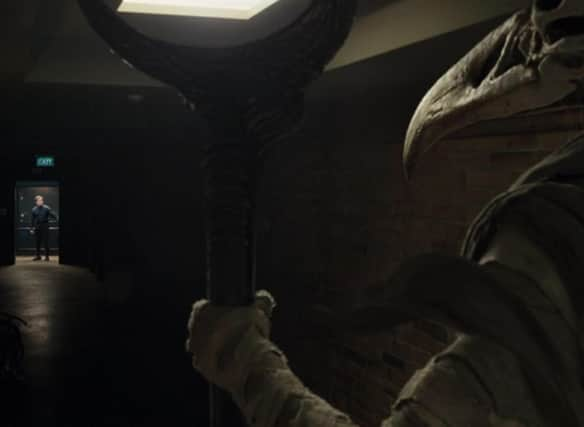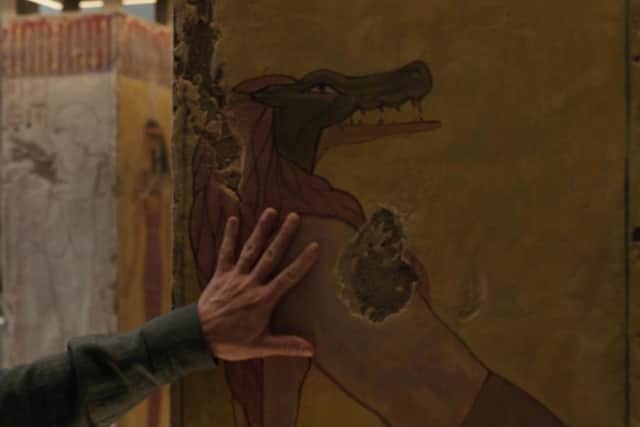Moon Knight: Who is the Egyptian God Khonshu, and who is Ammit in Moon Knight?


Warning for the first five episodes of Moon Knight below.
Moon Knight follows the story of mercenary Marc Spector, who takes on the superhero role of Moon Knight. However, he also has an alter ego who works in the gift shop of the National Portrait Gallery and has no idea of his other personality’s powers.
In Episode Five of Moon Knight, we saw how Marc got his powers and when he first met the Egyptian God Khonshu. Now that we know the back story a bit more, here’s a look at who Khonshu and Ammit are in Marvel canon. Of course, this may change in the show, but from what we can see so far, much has stayed the same.


Who is F Murray Abraham's Khonshu?
Advertisement
Hide AdThe towering figure of Khonshu is instantly recognisable by his height, flowing white robes, and crescent moon staff.
Voiced by F Murray Abraham in Marvel’s Moon Knight on Disney Plus, Khonshu is known as the God of the Moon, the God of Vengeance, and the Shepherd to the Lost. He represents the moon in Marvel comicbook canon and was a protector of travellers in the night and also time travellers.
Khonshu was a member of a race of Heliopolitan gods from the Celestial Heliopolis and was first worshipped on Earth by the Ancient Egyptians. Throughout history, he would pick a champion on Earth, as his own powers didn't work on this planet. This chosen warrior was known as Moon Knight.
Who is Ammit in Moon Knight?
Moon Knight’s Ammit is expected to be a version of the comicbooks’ Ammut, known as the Devourer or Eater of the Dead. This moniker is also used to describe her in the TV show, so we can assume they are one and the same, despite the spelling change.
Ammit was originally a sphinx in the comics, guarding the Halls of Ma’at, the goddess of order. When Anubis would weigh dead souls during the Judgement of the Scales, Ammit would devour those find left unworthy of an afterlife. This imagery is seen in the tattoos on Dr Arthur Harrow’s arms, but the story has changed slightly, with Ammit herself being the one weighing souls as well as eating them.
In the comics, Ammit was seen assisting Khonshu at times. However, this dynamic seems to have changed in the show, with her cult followers hunting down Steven Grant in the search for a golden scarab beetle.
Advertisement
Hide AdThe leader of this cult, Dr Harrow, describes how Ammit's role may have changed, saying that “she grew weary of having to wait for sinners to commit their crime before punishing them” while discussing her with Steven. "She was betrayed...by indolent fellow gods. By even her own Avatar,” he continued.
Khonshu could well turn out to be one of these "indolent fellow gods”, providing a reason for their conflict in the show. The reference to an “Avatar” could also mean that Ammit once had a similar champion to Khonshu's Moon Knight who turned against her.
Comments
Want to join the conversation? Please or to comment on this article.
